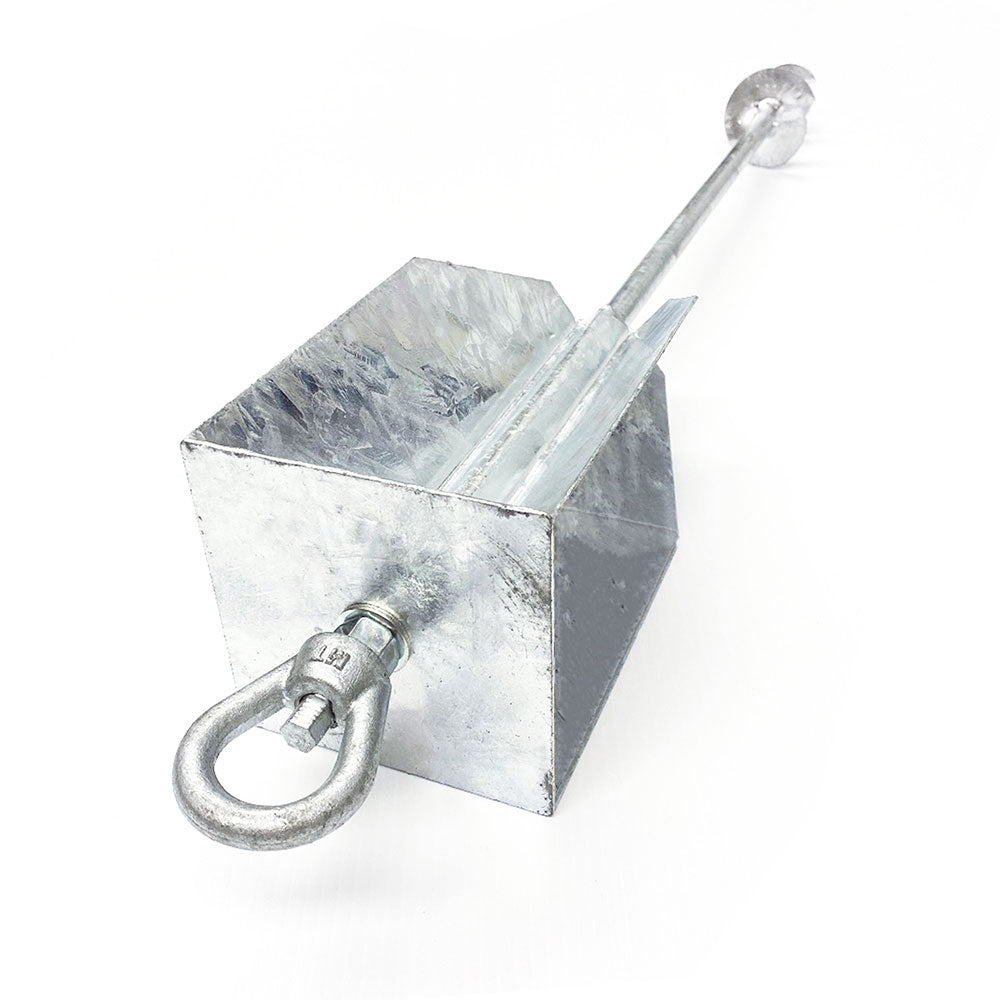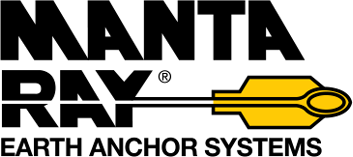Ways to Pick the Best Ground Anchor for Versatile Use
Ways to Pick the Best Ground Anchor for Versatile Use
Blog Article
Check Out the Various Kinds of Ground Support for Your Next Job
From auger supports, which stand out in diverse dirt problems, to stake anchors made for short-term setups, the choices are many. Additionally, concrete and screw anchors present special advantages in details situations, while deadman supports are customized for applications requiring resistance to lateral forces.

Auger Anchors
Auger anchors are a popular selection in different construction and landscaping jobs as a result of their distinct style and reliable securing capacities. These supports contain a helical screw-like shaft that is driven right into the ground, enabling a safe and secure hold. The spiral style promotes very easy installation and makes the most of resistance against side forces, making auger supports specifically efficient in applications such as fence, temporary structures, and erosion control.
The setup process of auger anchors is fairly simple. Auger anchors can be conveniently gotten rid of and reused, which adds to their cost-effectiveness and sustainability.
One of the significant advantages of auger anchors is their ability to disperse lots evenly throughout the surrounding soil, minimizing the danger of dirt disturbance and lessening environmental influence. In addition, they are much less at risk to heaving or loosening up in time compared to typical anchoring methods. Auger anchors are a superb selection for jobs calling for durable and dependable anchoring services.

Stake Anchors
When it pertains to protecting structures in a range of exterior applications, stake anchors offer a simple and dependable option. These anchors are usually built from long lasting products such as steel or light weight aluminum, designed to stand up to ecological anxieties while supplying ideal stability. Their easy design enables quick setup, making them an excellent selection for momentary or long-term anchoring needs.
Risk anchors are specifically beneficial in protecting tents, covers, and various other lightweight frameworks versus wind and climate. They work by being driven right into the ground at an angle, creating a strong hold that resists pull-out forces - Ground Anchor. The performance of stake supports depends on numerous aspects, consisting of soil type, dampness content, and the angle of setup
For added protection, lots of risk anchors include attachment points for bands or ropes, permitting tension changes as required. In applications such as landscaping or building, they can effectively stabilize devices or frameworks on irregular surface. Generally, risk anchors supply a cost-effective and flexible option for protecting numerous exterior installments, making them a preferred selection for professionals and DIY enthusiasts alike.
Concrete Anchors
Concrete supports supply a robust solution for protecting structures to concrete surface areas, making sure stability and security in various applications. These anchors are essential for tasks ranging from property constructions to large-scale commercial installments. They can be found in different types, including expansion supports, adhesive supports, and undercut supports, each developed for specific lots demands and ecological problems.
Development anchors count on mechanical systems to grasp the concrete when set up. They are suitable for tool to sturdy applications. Glue anchors make use of high-strength epoxy or material to bond the support to the concrete, providing remarkable load-bearing capabilities, especially in fractured concrete circumstances. Undercut anchors create an one-of-a-kind form within the concrete, giving phenomenal holding power, specifically in applications where tensile loads prevail.
When implemented properly, concrete supports dramatically enhance the structural stability of different projects, making them essential in modern-day building and construction methods. Recognizing the particular demands of your job will help in selecting the best type of concrete anchor for the task.
Screw Anchors

Screw anchors are a flexible fastening solution that can be successfully utilized in a selection of applications where typical concrete supports might not be enough. These supports contain a helical style that permits them to be easily driven right into the ground, making them suitable for usage in dirt and various other substratums. Their distinct framework gives exceptional holding power and resistance to pull-out pressures, making them ideal for numerous jobs, from landscaping to architectural assistance.
Among the primary benefits of screw anchors is their simplicity of installation. They need minimal devices and can frequently be installed without the requirement for excavation, which saves both time and labor expenses. Furthermore, screw anchors can be gotten rid of and reused, supplying a sustainable option for momentary applications.
Screw anchors are particularly beneficial in locations where dirt problems are testing, such as loose or sandy soils. Their capacity to be installed visit homepage at differing depths enables for modification based upon details task demands. Overall, screw anchors give a trustworthy and reliable anchoring method, making them an exceptional selection for engineers and specialists looking for reliable remedies for their projects.
Deadman Anchors
Deadman supports function as a robust solution for supporting frameworks in difficult problems, specifically where traditional securing techniques may fall brief. These anchors consist of large, hefty items buried underground, which develop resistance versus lateral pressures. The layout commonly involves a straight part, such as a block of concrete or a metal plate, buried in the dirt, to which wires or straps are affixed.
The performance of deadman supports hinges on their ability to distribute lots over a larger location, reducing the danger of failure in unpredictable soil conditions. They are especially beneficial in applications such as maintaining wall surfaces, temporary structures, and incline stablizing, where soil motion can compromise the stability of the framework.
Installation of deadman anchors needs careful planning to ensure they are put at the appropriate deepness and orientation, maximizing their load-bearing ability. While they might call for even more labor and material than lightweight supports, their reliability in adverse conditions makes them indispensable for long-term tasks. Deadman supports are versatile and can be adjusted to numerous applications, making them a go-to option for engineers encountering one-of-a-kind obstacles in their tasks.
Verdict
Auger anchors succeed in diverse soil conditions, while risk anchors match short-term applications. For concrete surface areas, growth and adhesive anchors give reliable options, and screw anchors supply adaptability in challenging terrains.
Furthermore, concrete and screw supports present special benefits in details scenarios, while deadman supports are tailored for applications needing resistance to lateral pressures - Ground Anchor.Auger supports are a popular option in numerous construction and landscaping projects due to their distinct design and efficient anchoring abilities. They come in various types, including look what i found growth anchors, adhesive anchors, and undercut anchors, each designed for specific load requirements and environmental conditions
Glue supports utilize high-strength epoxy or resin to bond the support to the concrete, providing remarkable load-bearing abilities, especially look at this site in cracked concrete scenarios. Overall, screw supports supply a efficient and reputable anchoring approach, making them an exceptional option for service providers and designers seeking efficient remedies for their projects.
Report this page